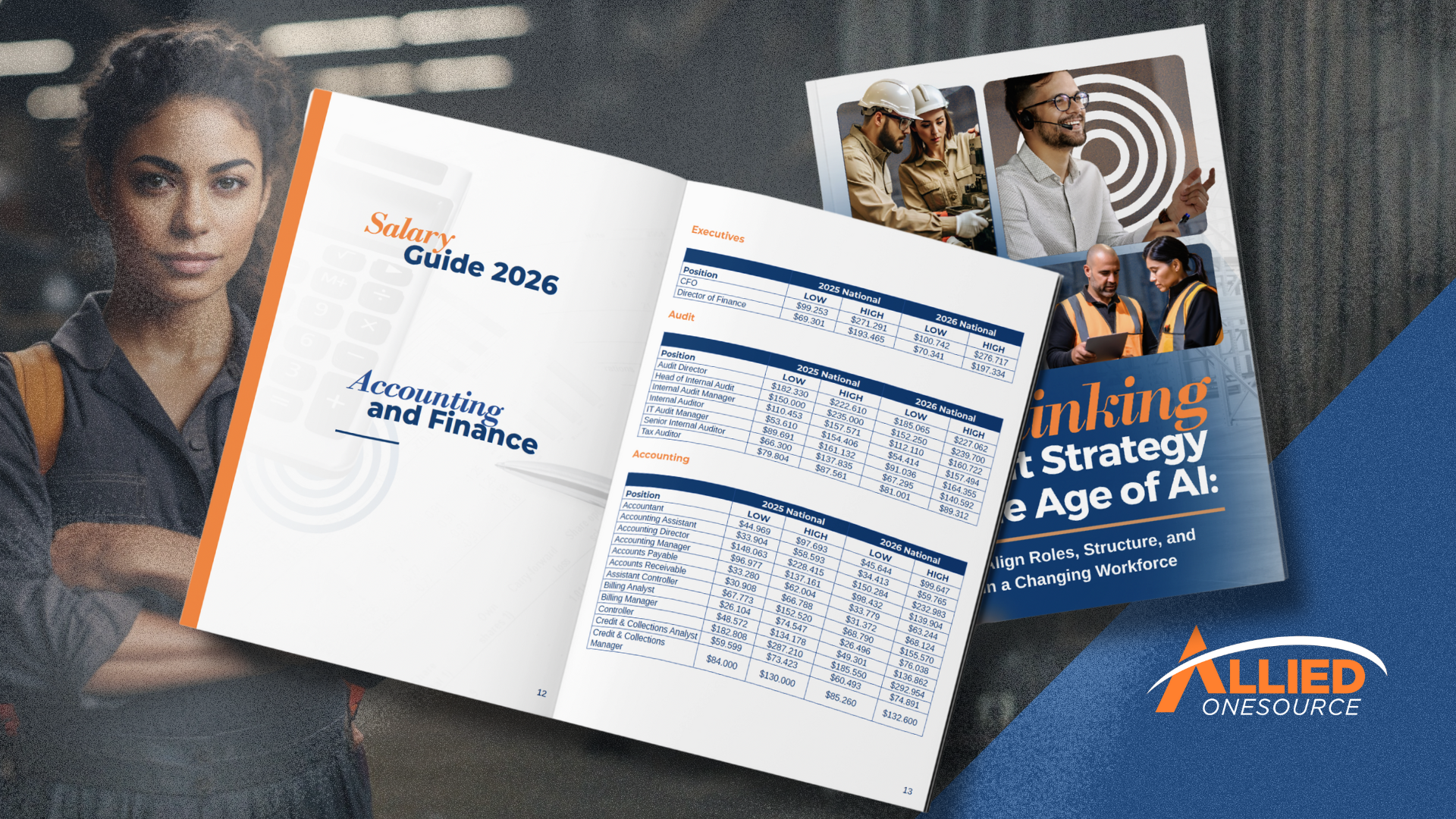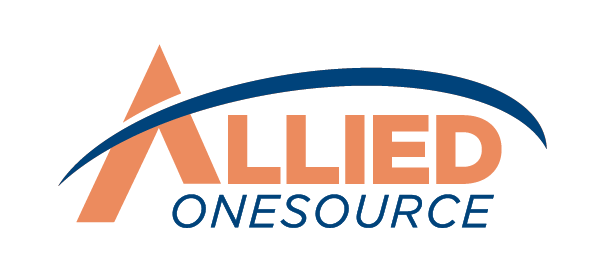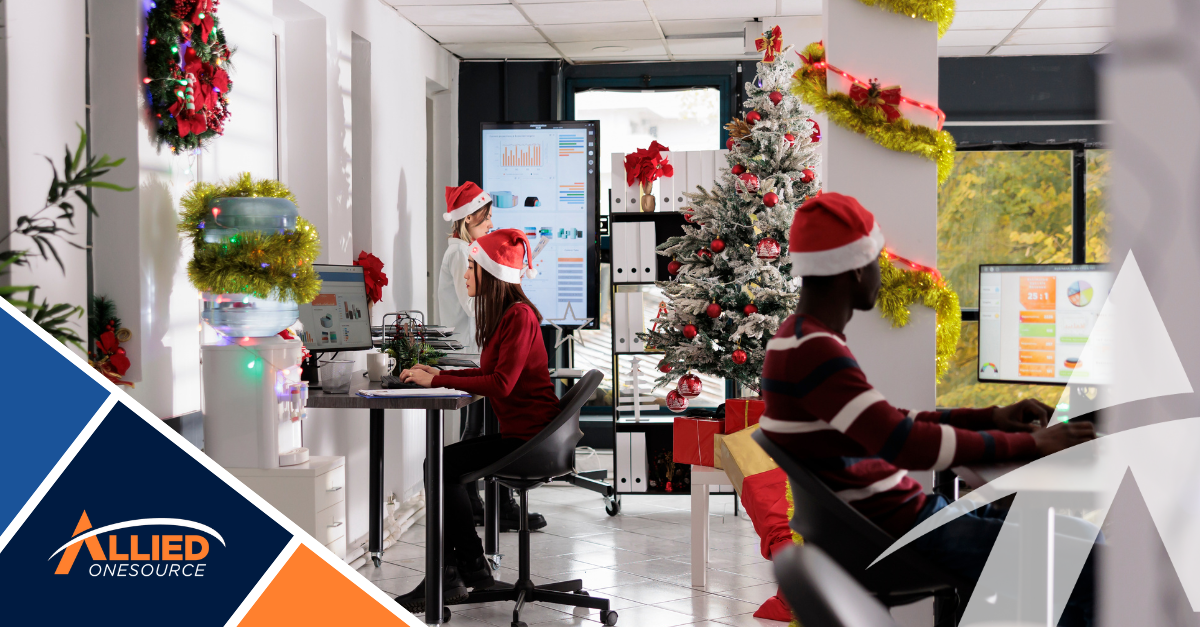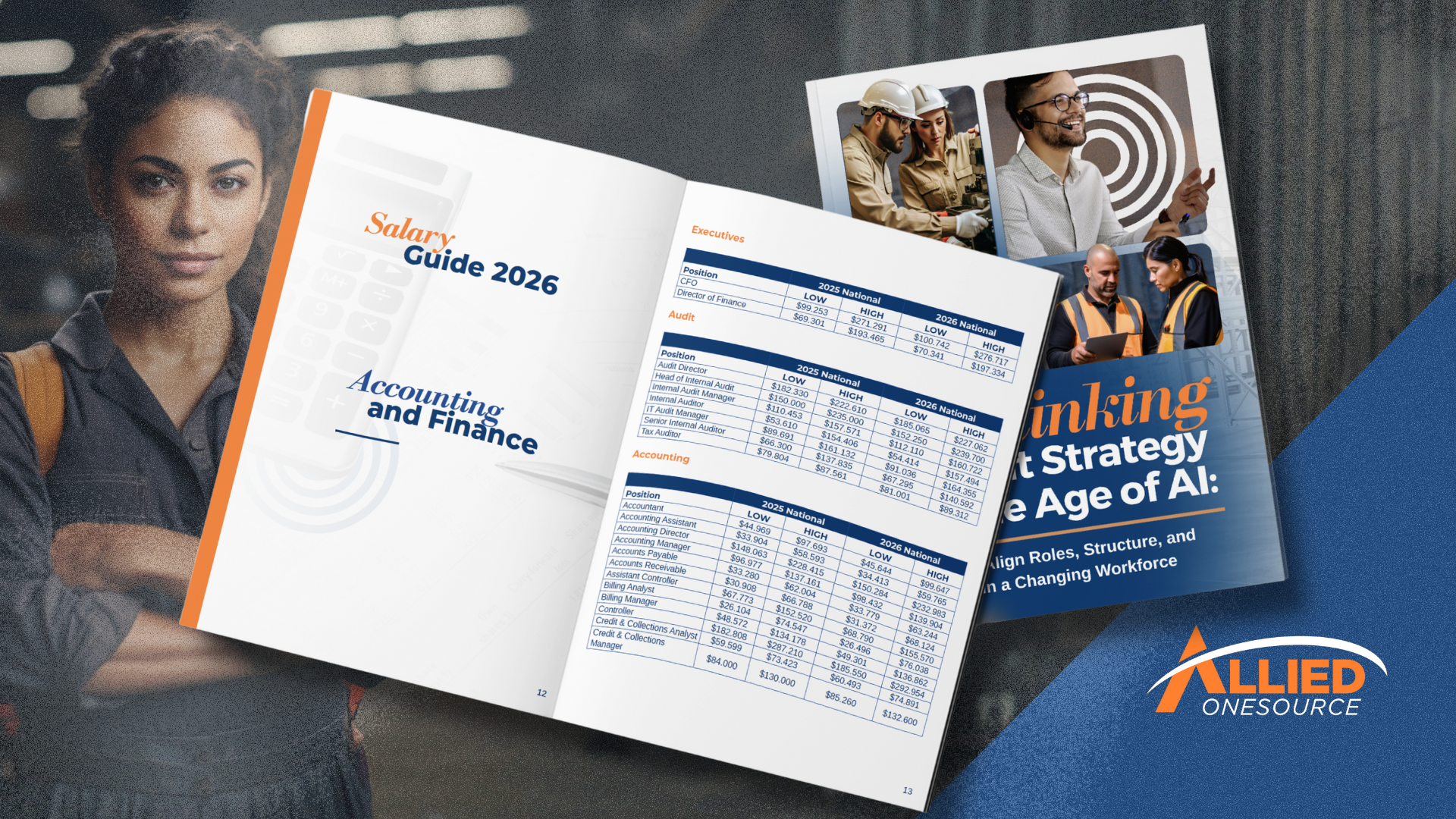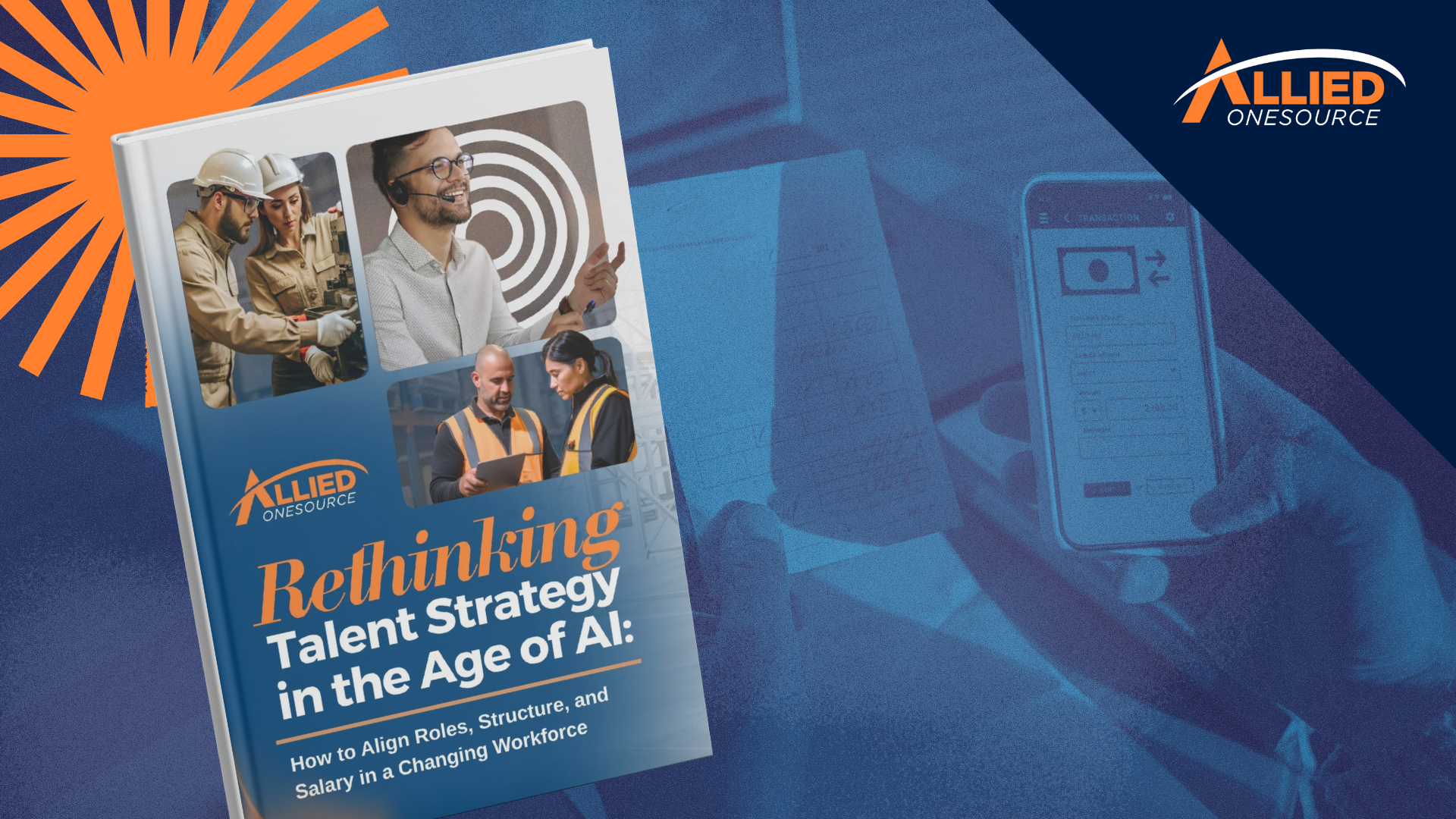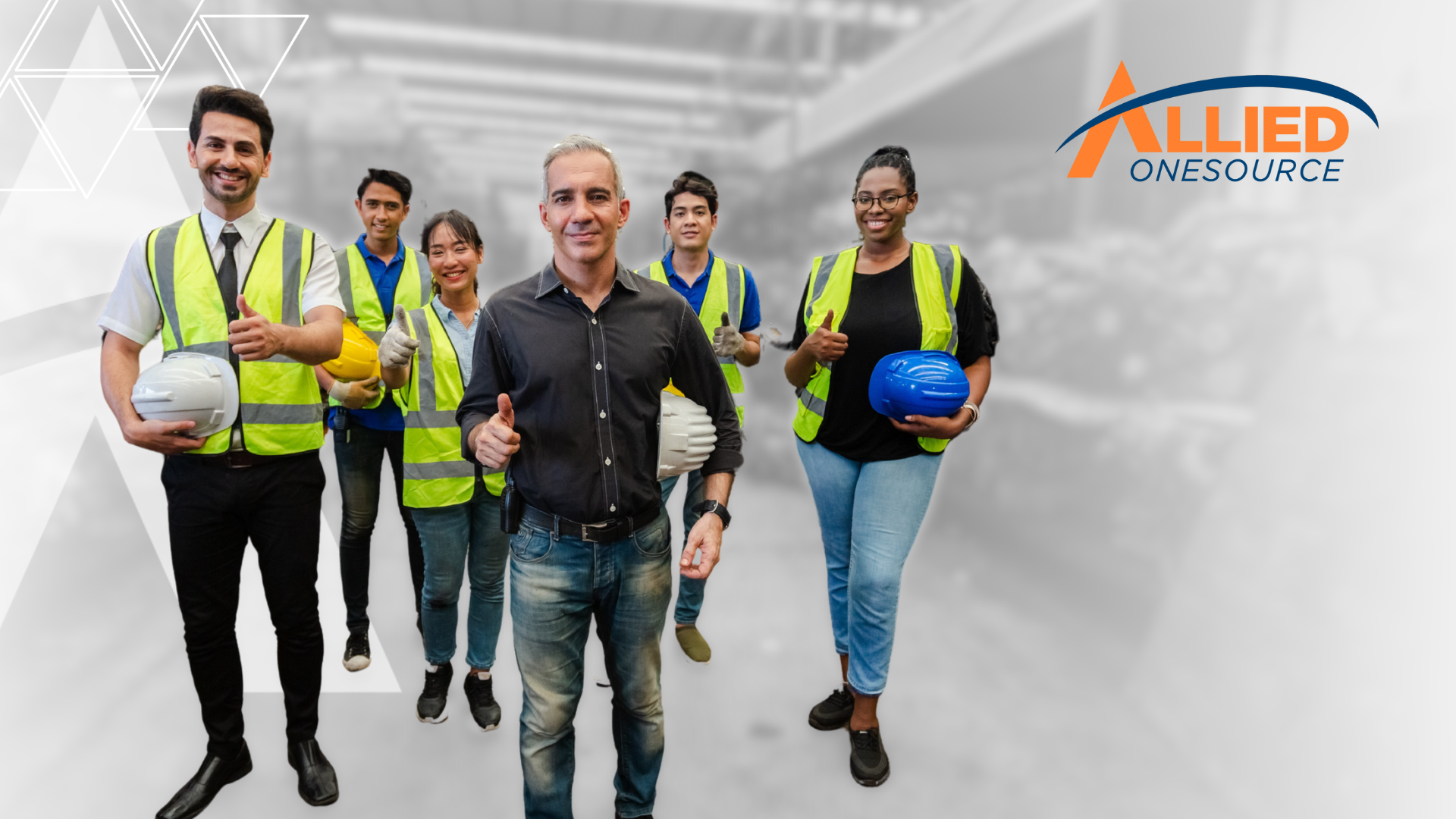10 Essential Workplace Safety Tips for Everyday Manufacturing Operations
In every industry, employees are more than just individuals following orders. The truth is they add value to their workplaces. They're the key to transforming a business idea into actual success.
As an employee, you contribute to your company running smoothly. Imagine yourself as a gear working in unison with your colleagues to produce high-quality outputs. Now, in a field like manufacturing, how can you ensure you stay safe on the job?
This article gives ten essential workplace safety tips for your daily work in the manufacturing industry.
The Manufacturing Environment
The manufacturing industry comprises a unique blend of machinery and human activity. Products are created using both people and technology.
Aside from being an industry that contributes to improving society, manufacturing also helps professionals by giving them opportunities to use their skills. Based on a 2022 survey, 15.2 million people are working in the manufacturing industry.¹ That number represents 9.6 percent of the total employment in the United States.
Looking toward the future, the U.S. Bureau of Labor Statistics reported that people can expect an increase in manufacturing positions in the coming years. They predicted around 4 million open roles by the year 2030.²
These projections highlight the industry's growth and the potential for career opportunities in manufacturing.
Related Reading: Navigating the Competitive IT Job Market: 10 Most Sought-After Tech Jobs for 2024
Dangers and Hazards
However, with the great opportunities the manufacturing industry provides, employees' dangers and hazards on the field are undeniable. The hustle and bustle of the job often expose workers to physical risks. Simple errors in operating machinery can quickly escalate into accidents that result in bodily harm.
In some manufacturing companies, chemical exposures add another layer of hazards. While these substances are essential to the production processes, mishandling them can lead to health risks. Whether it's inhaling fumes or direct skin contact, improper handling can create an unsafe environment.
Although working in manufacturing comes with possible dangers, it doesn't mean switching industries or professions. These hazards emphasize the need for a proactive approach to workplace safety.
10 Essential Workplace Safety Tips You Can Apply
Don't wait for danger to strike before jumping into action. Take preventive measures to stop dangers from happening in the first place.
As professionals in the manufacturing industry, the following are ten practical workplace safety tips you can apply:
1. Follow safety protocols.
Safety protocols form the backbone of a secure manufacturing environment. They are a comprehensive guide to prevent accidents and standardized procedures you can follow during specific circumstances.
But knowing about these protocols isn't enough. You must understand all protocols and commit to following them to ensure your overall well-being.
Machine Safety Protocols
These guidelines dictate how to safely operate, maintain, and troubleshoot machinery, such as following precise startup and shutdown procedures or implementing lockout-tagout measures during maintenance.
Confined Space Safety Protocols
Designed for spaces with unique challenges, these protocols include procedures for proper ventilation, atmospheric testing, and specific entries and exits. For example, how to test toxic gases and how to secure necessary permits.
Electrical Safety Protocols
Focused on minimizing electrical risks, these protocols cover procedures for working with electrical equipment. They also include ways to identify electrical hazards and ensure proper grounding through practical techniques.
2. Always wear Personal Protective Equipment (PPE).
Wearing PPE is one of the best ways to protect yourself from the dangers of the manufacturing industry. PPE is your frontline defense and shield against potential hazards, ensuring your health and safety. Aside from always wearing your PPE, you should also regularly inspect your equipment for degradation. Practice replacing worn-down protective gears to combat dangers in the workplace effectively.
Examples of PPE and their purpose:
- Hard Hat - This safety equipment is worn to safeguard the head from falling objects, impacts, or electrical hazards. They're crucial in construction and manufacturing settings where the risk of head injuries is high. It provides a protective barrier for you against potential falling hazards.
- Ear Protection - In environments with high noise levels, such as factories with heavy machinery, ear protection like earplugs or earmuffs is vital. They help prevent hearing damage and protect workers from the adverse effects of prolonged exposure to loud noises.
- Respirators -When workers might be exposed to harmful dust, fumes, gases, or airborne particles, respirators are crucial in environments where lung protection is needed. This includes working with toxic materials, paints, or in areas with poor air quality.
3. Learn about emergency evacuation plans.
Familiarize yourself with evacuation routes in your workplace. Carefully designed to guide you to safety during emergencies, these routes can save you during fires, natural disasters, or other emergencies caused by work-related malfunctions.
Identify emergency exits and the best route toward your safety. Knowing the evacuation plan ensures that you can react swiftly and efficiently, minimizing risks and facilitating a smooth evacuation process for yourself and your colleagues.
4. Commit to safety drills and training.
Some professionals in manufacturing see safety training and drills as a waste of time, but it's a strategic investment in your safety. Regular drills and training sessions create a proactive mindset, ensuring you're well-prepared to respond to emergencies effectively.
This is crucial in the ever-evolving manufacturing industry, where ongoing training keeps you updated on the latest protocols for new machinery or processes.
These simulated drills allow you to practice evacuation procedures, equipment operation, and hazard response in a controlled setting. As a result, you gain familiarity, which can help you stay calm during actual emergencies.
Read More: Elevate Your Career: 10 In-Demand Tech Skills for 2024
5. Regularly maintain equipment used.
Maintaining the equipment you use daily also contributes to your safety. Well-maintained machinery operates more reliably, reducing the risk of unexpected breakdowns and accidents.
More than ensuring a smooth and productive workflow, regularly maintaining your equipment safeguards you from possible hazards associated with machine malfunctions. This makes proactive maintenance a key element in fostering a secure working environment.
6. Promptly communicate concerns.
Imagine if the machine you use daily is close to breaking down despite your attempts to fix it. This is when communication matters.
Open communication is a great tool to ensure workplace safety in the manufacturing industry. Make sure to promptly report unsafe conditions or safety concerns to the right people. Whether related to machinery malfunctions or potential hazards, simple communication can help maintain everyone's safety.
You don't need to be an expert in every machine. So, instead of trying to fix a problem you're unfamiliar with, promptly communicating your concerns is already a proactive approach, leading to a safe work environment.
Read More: Here's Why Soft Skills Matter More in a Digital World
7. Handle hazardous materials with care.
In manufacturing, you might be tasked to handle toxic materials from time to time. You might need to handle a range of chemicals used in different phases of the production process. Depending on what your company manufactures, toxic byproducts might also be possible.
Instead of considering it as another procedure to accomplish, consider it a responsibility and strictly adhere to protocols. For instance, wear appropriate PPE, label potentially dangerous materials correctly, and store them in designated areas. Always be cautious in handling tasks related to toxic materials.
8. Use tools responsibly.
Tools require responsible usage for personal safety. Always follow proper handling processes and never use tools outside their intended purpose.
For example, if a specific tool is designed for cutting, attempting to use it for a task requiring precision measurement is unsafe. It increases the risk of damaging the tool and creates chances for accidents that could harm you.
Responsible tool usage also extends to employing safety features, such as guards and shields, and conducting regular inspections to ensure that tools are in optimal condition. Using tools responsibly prevents accidents and establishes a good workplace safety culture.
9. Utilize available tools and equipment.
As a professional in the manufacturing industry, you need to recognize available tools and equipment as your key to making a successful and safe workplace. Utilizing available tools and equipment wisely enhances both personal safety and operational efficiency. Always choose the right tool for the task, whether a specialized instrument or heavy machinery.
If a task requires precise measurements, opting for a calibrated measuring tool rather than a general-purpose one ensures accuracy and safety. This practical understanding fosters a safer and more productive workspace and emphasizes the importance of informed decision-making.
By utilizing tools effectively, you contribute to a company culture where every action is purposeful, aligning seamlessly with the task's requirements and enhancing manufacturing processes' overall safety and efficiency.
10. Stay aware of your surroundings.
Navigating the dynamic landscape of manufacturing requires an unwavering commitment to staying alert.
Always be conscious of your surroundings, from moving equipment to potential hazards and changes in workflow. This heightened awareness is not just paranoia or anxiety. Instead, it's a fundamental mindset necessary to keep yourself safe.
This way, you can confidently navigate through your workspace and prevent careless accidents from happening. Observation can also contribute to other tips mentioned above, such as maintaining machines and equipment to ensure proper safety.
PARTNER WITH A FIRM THAT CARES FOR YOUR WELLBEING
Even if you're cautious, your overall security is still influenced by your company's safety efforts. This makes it essential for candidates like yourself to choose the organizations you join. Allied OneSource is here to serve as your partner in finding the right employer.
Beyond discovering open roles, we're committed to connecting you with outstanding companies that value your well-being. Allow us to help you feel safe and secure in your next workplace. Contact us today!
References
1 Applied Economics in US Manufacturing. "U.S. Manufacturing Economy." NIST, Dec. 2023, www.nist.gov/el/applied-economics-office/manufacturing/manufacturing-economy/total-us-manufacturing.
2 "About the Manufacturing Sector." U.S. Bureau of Labor Statistics, Dec 2023, www.bls.gov/iag/tgs/iag31-33.htm.
